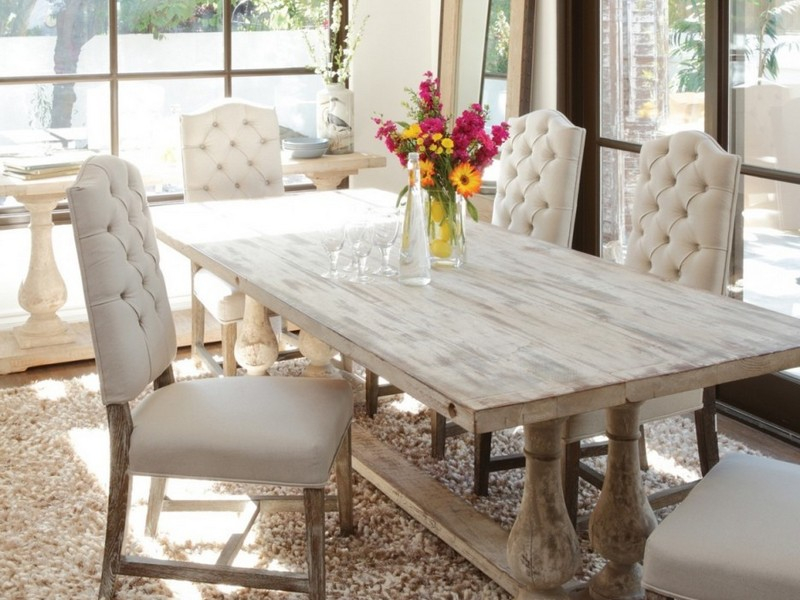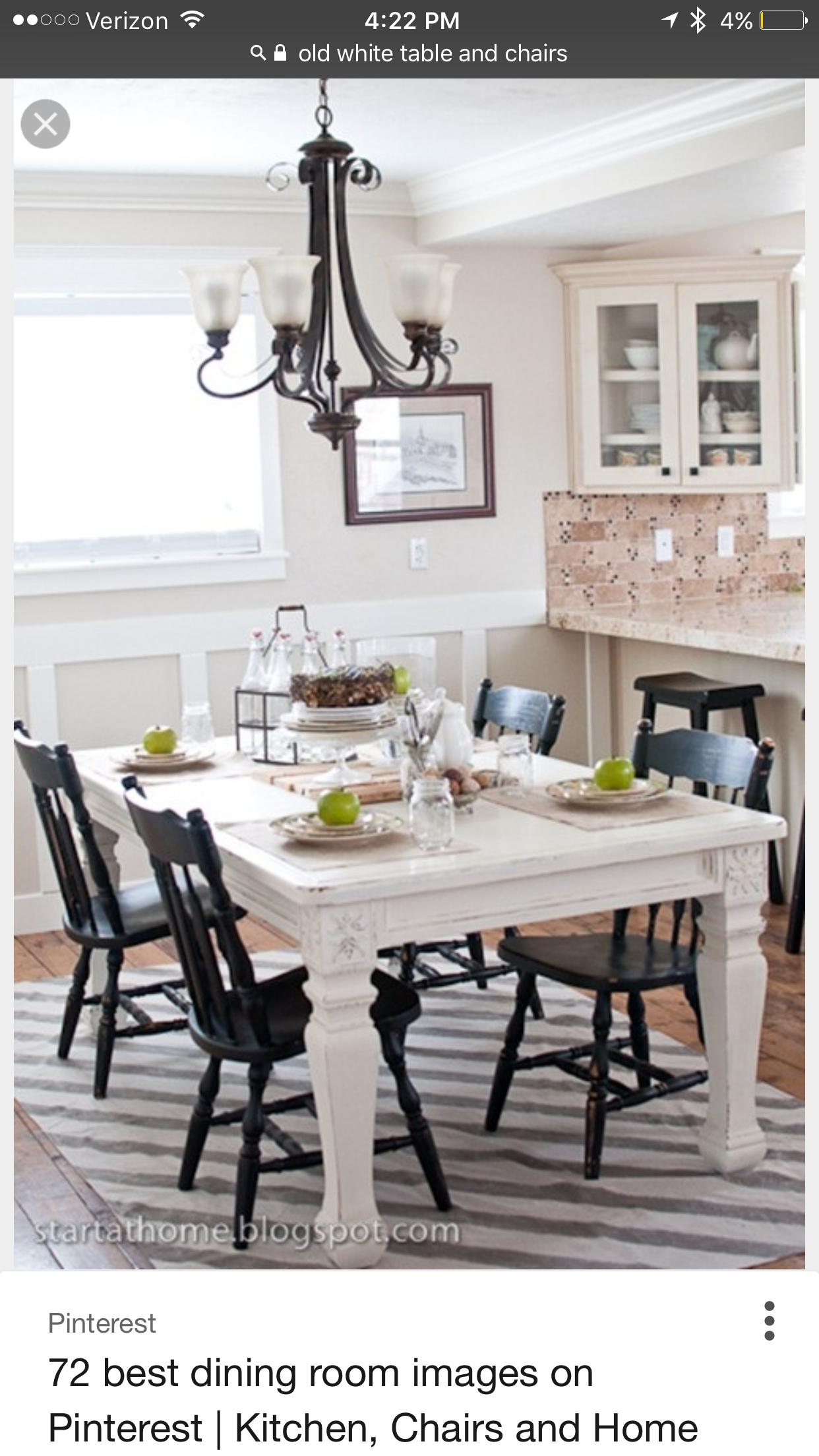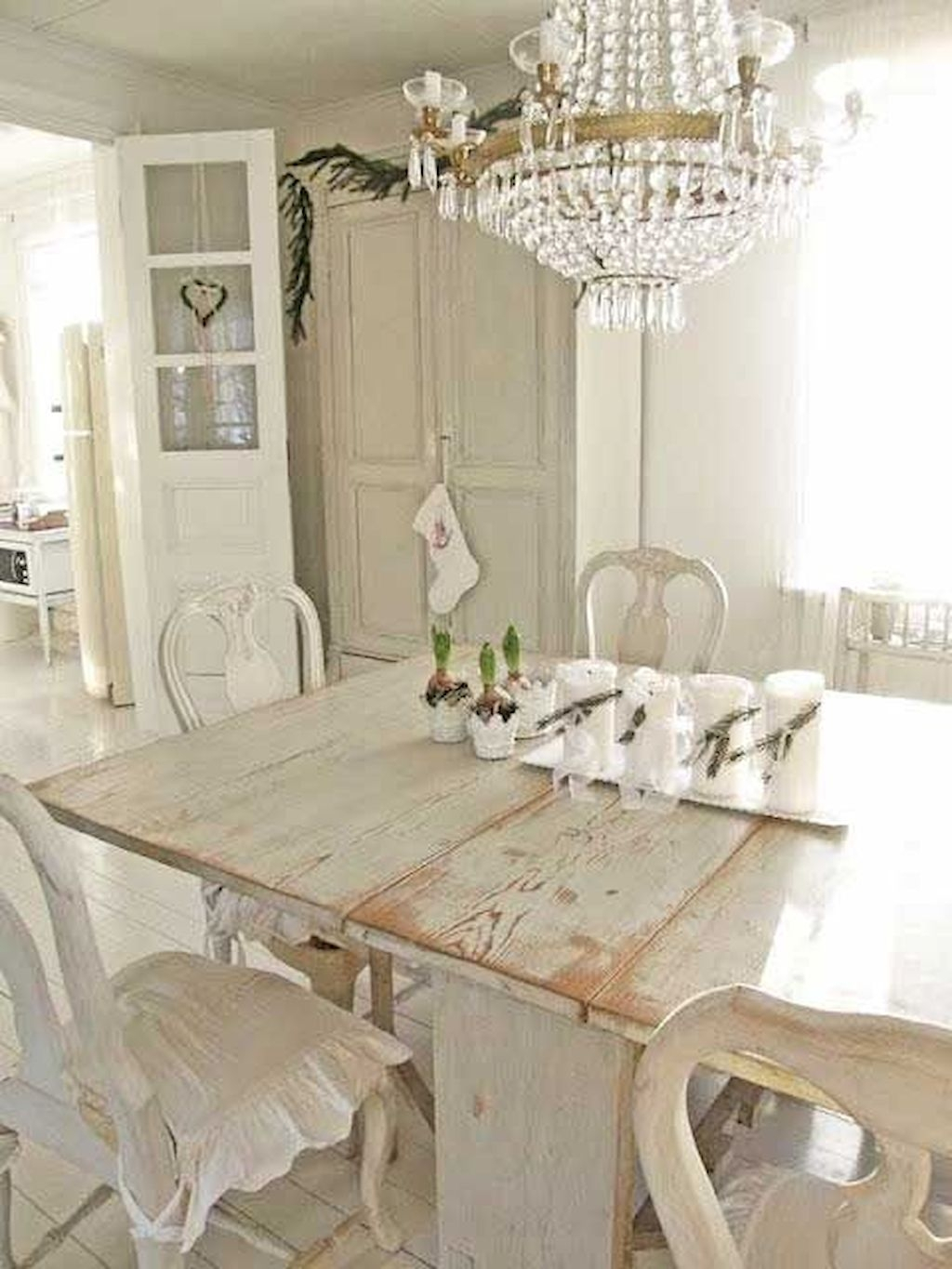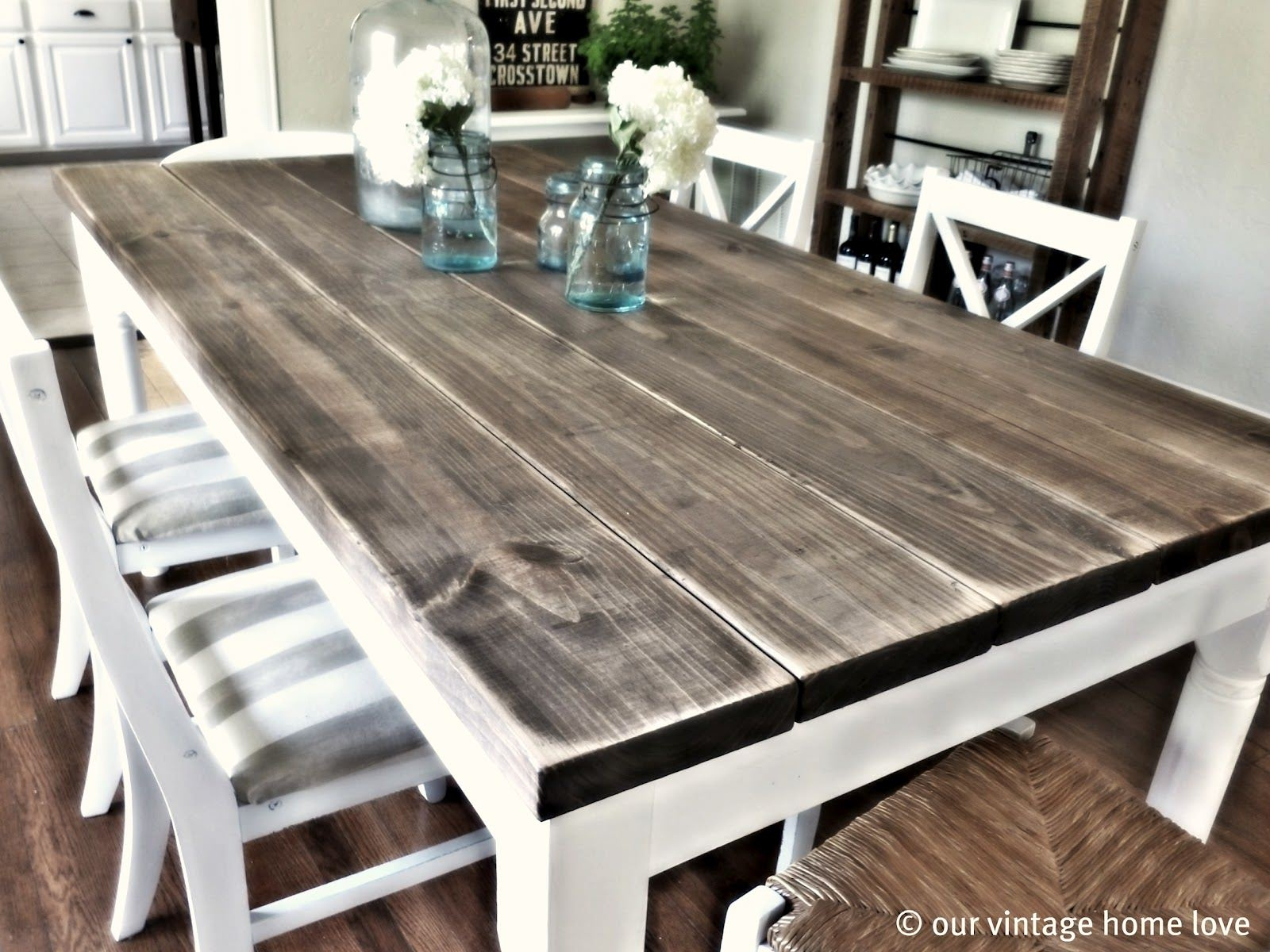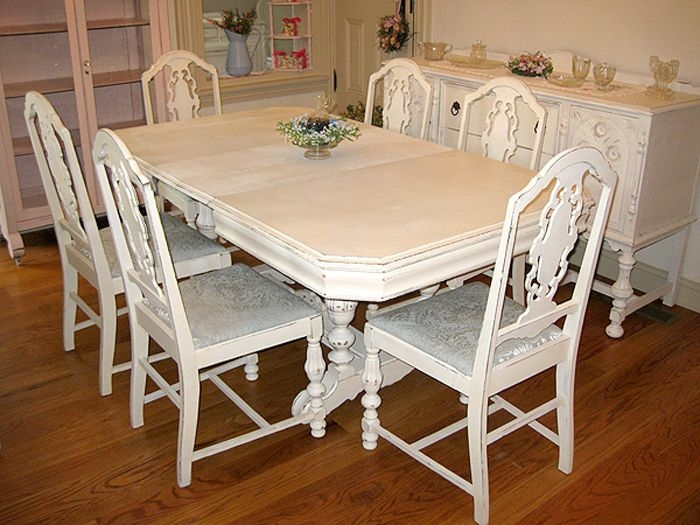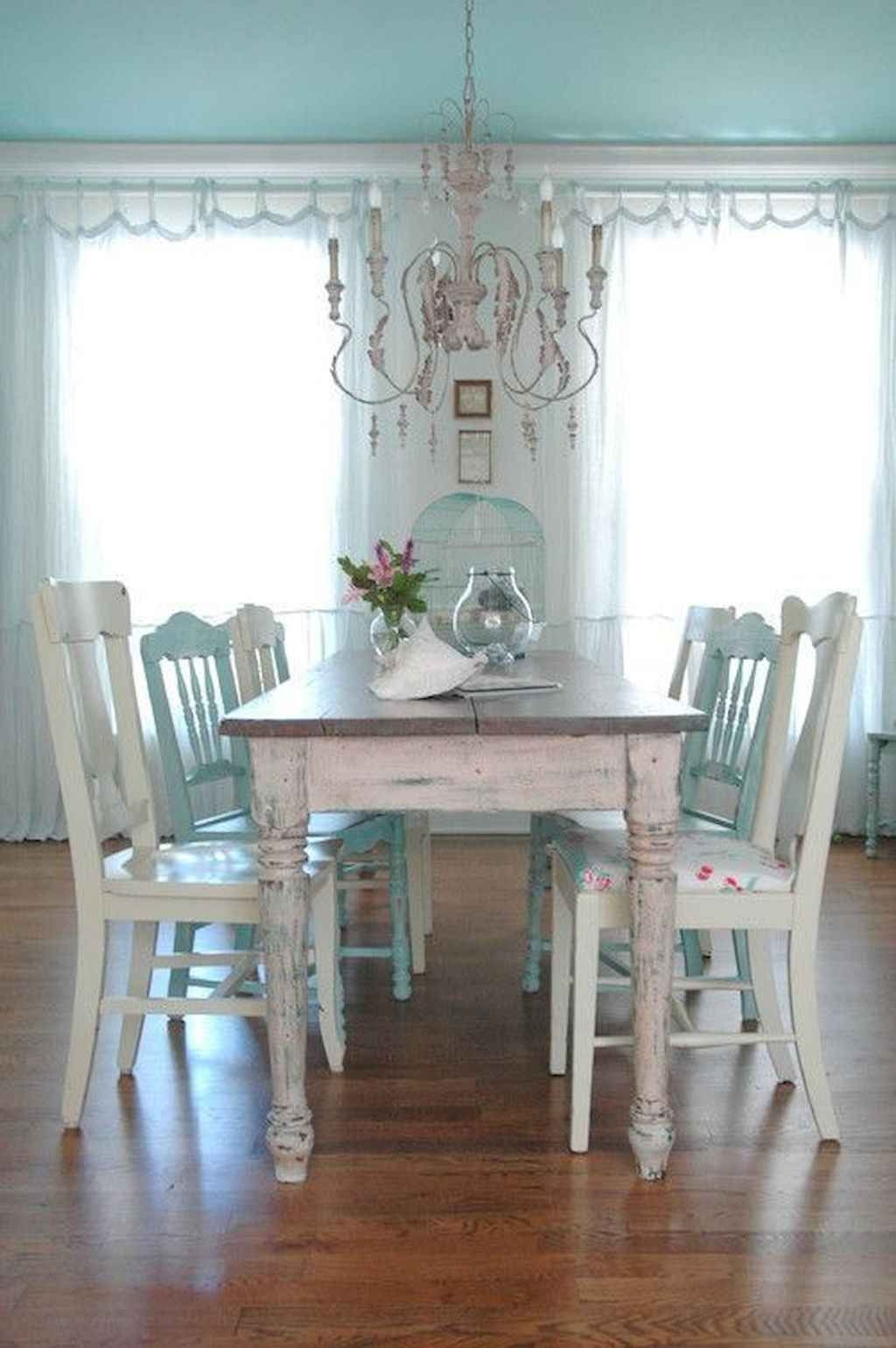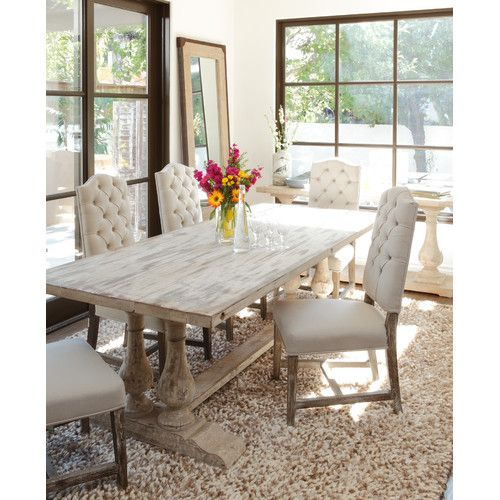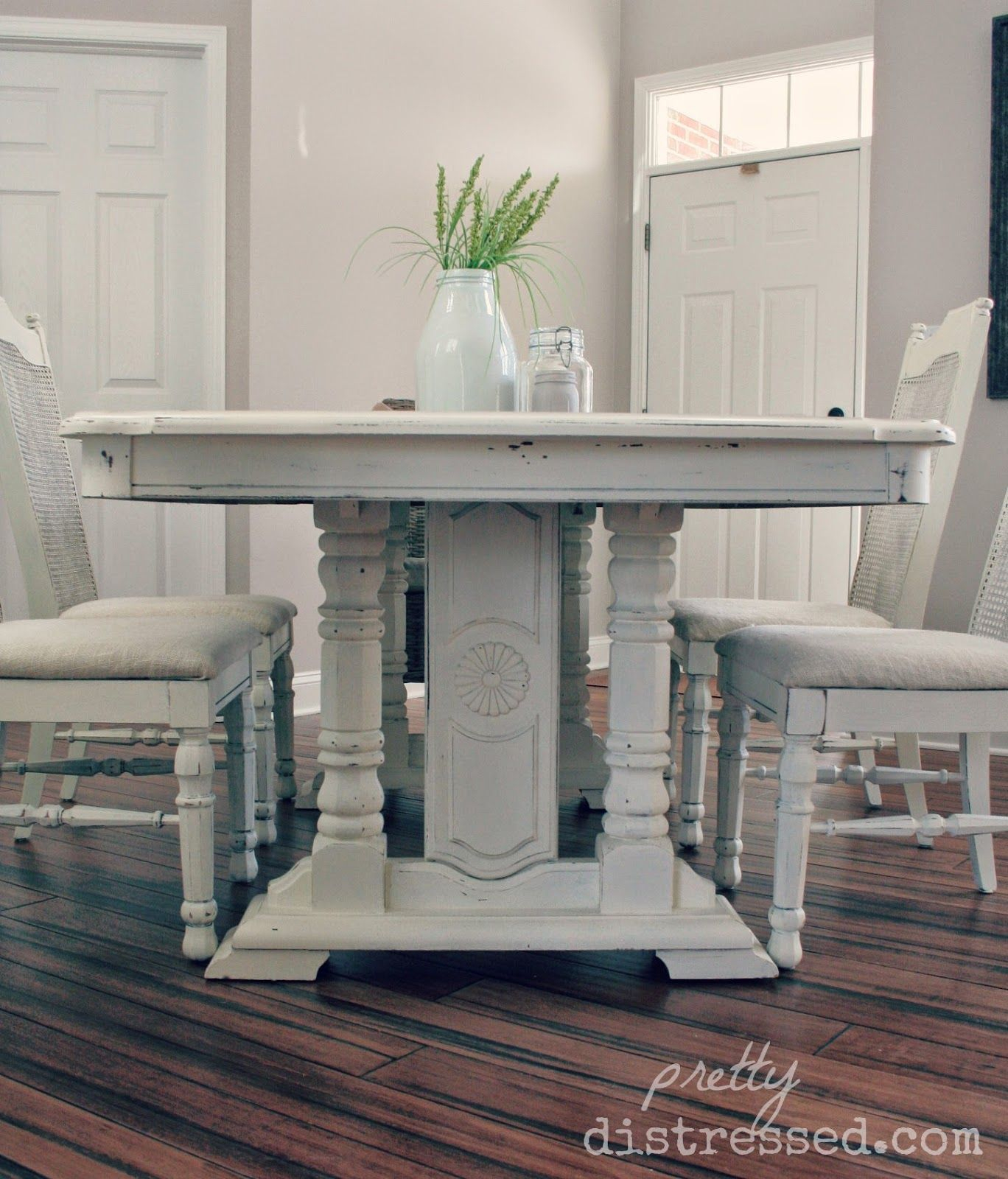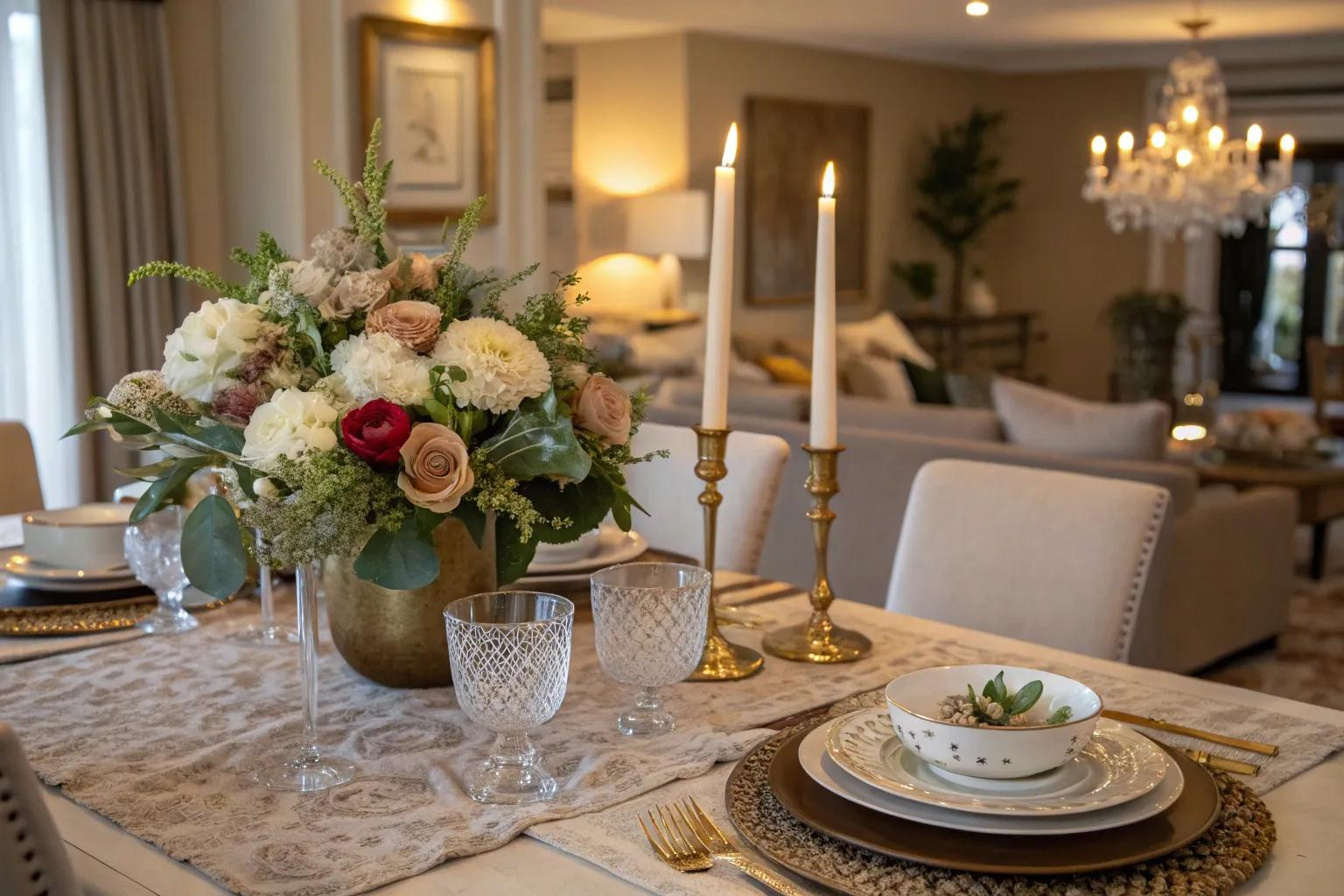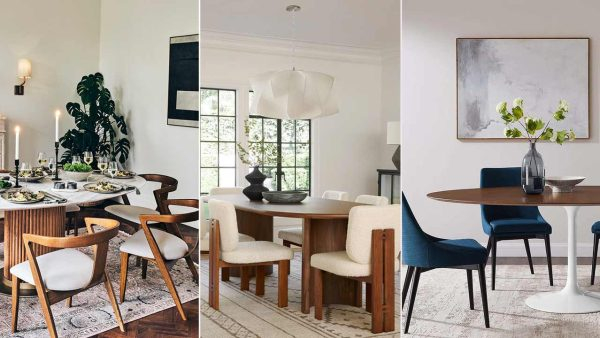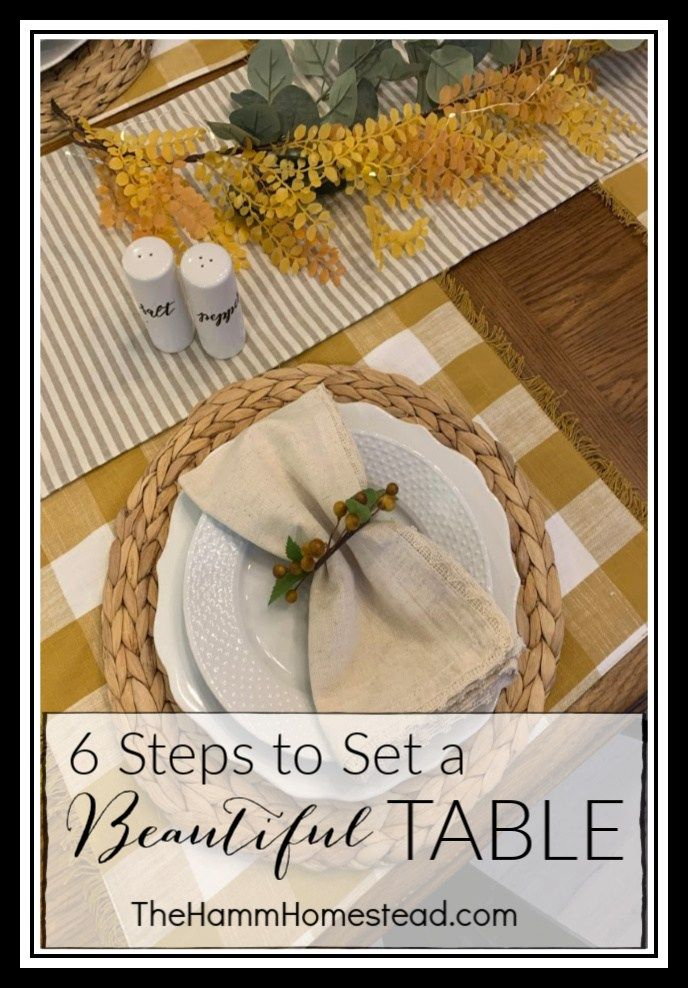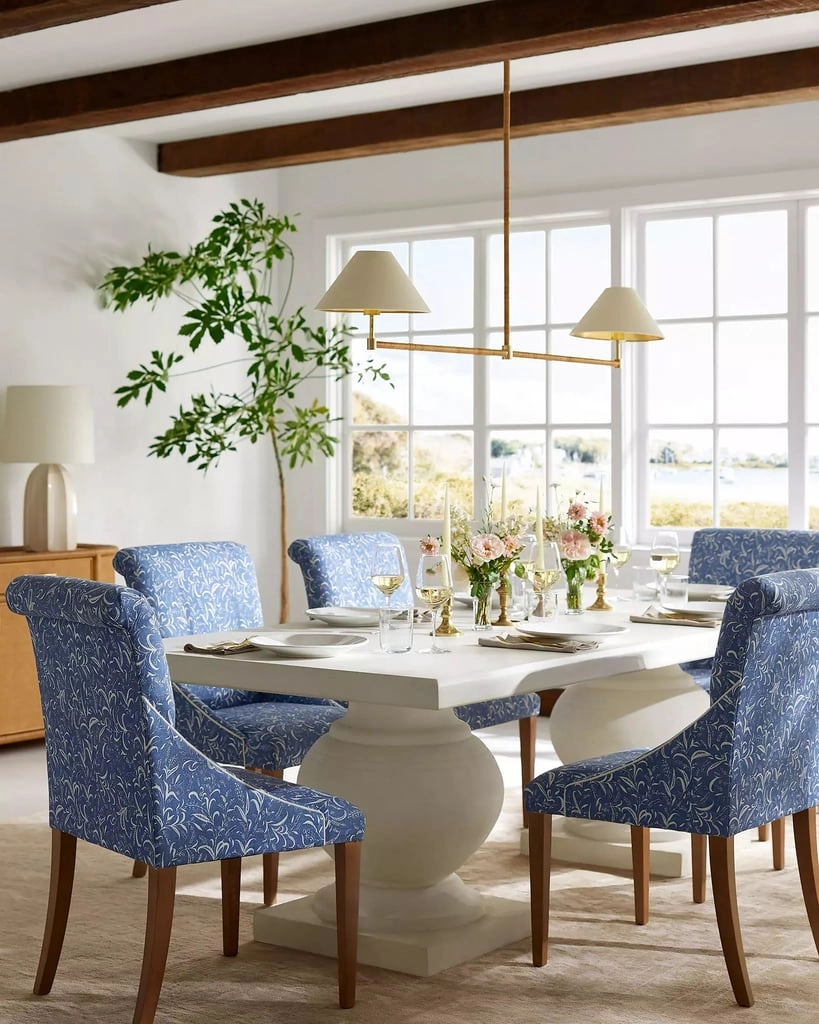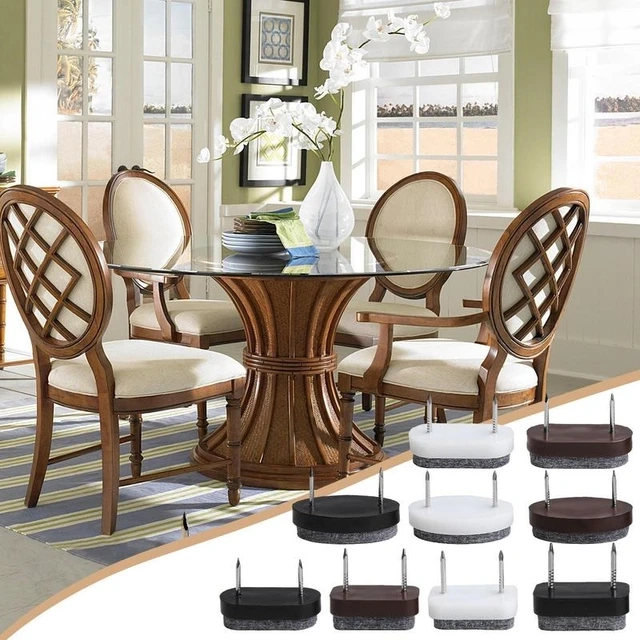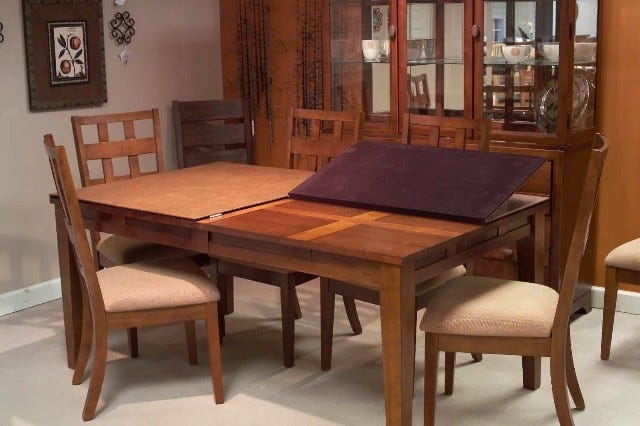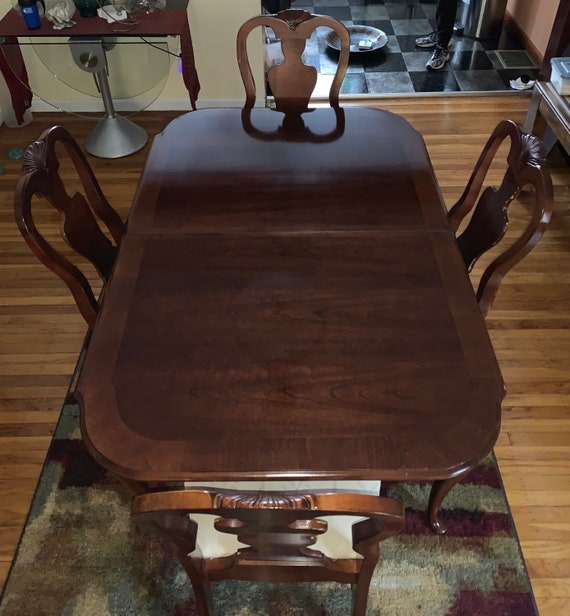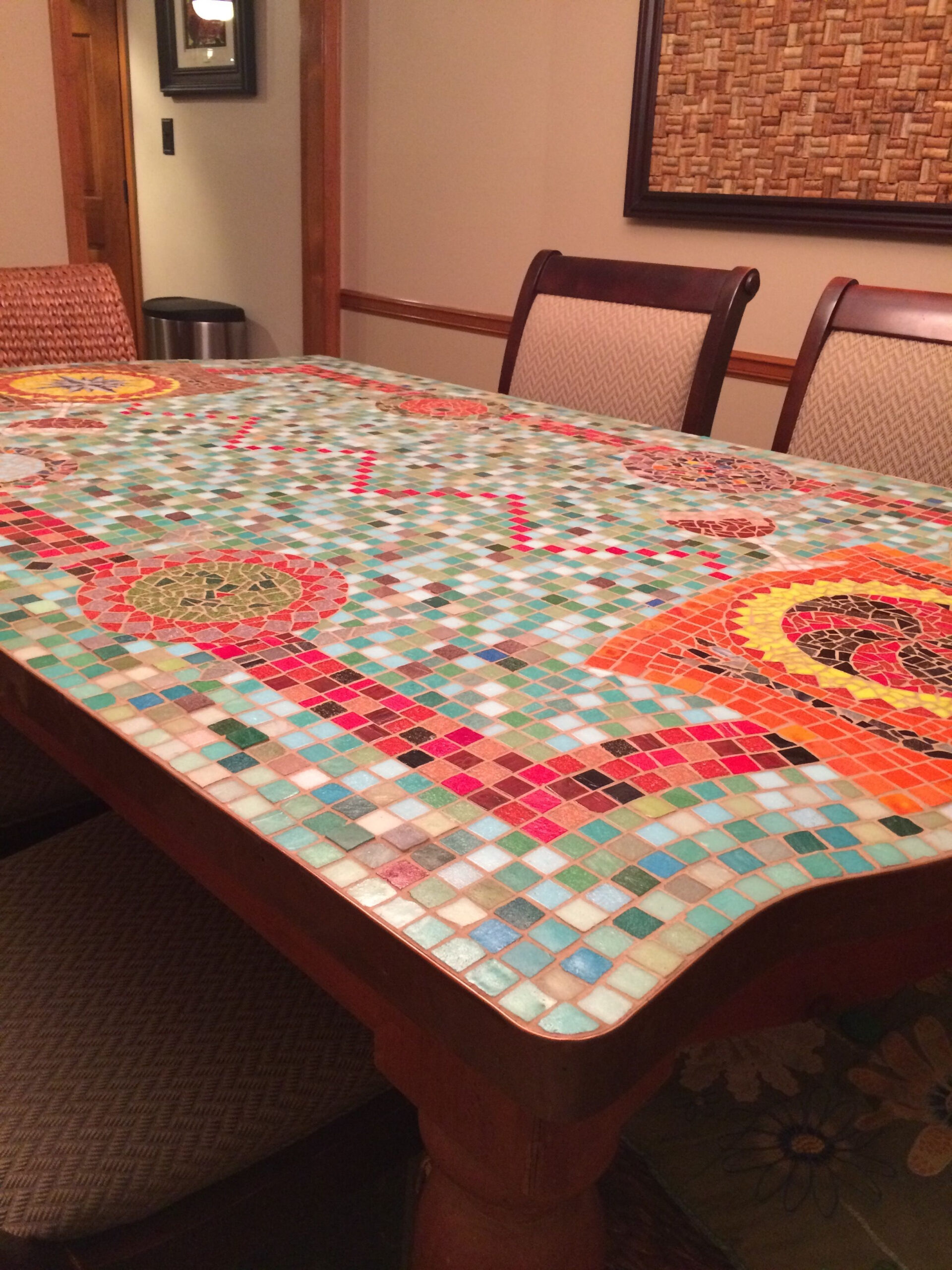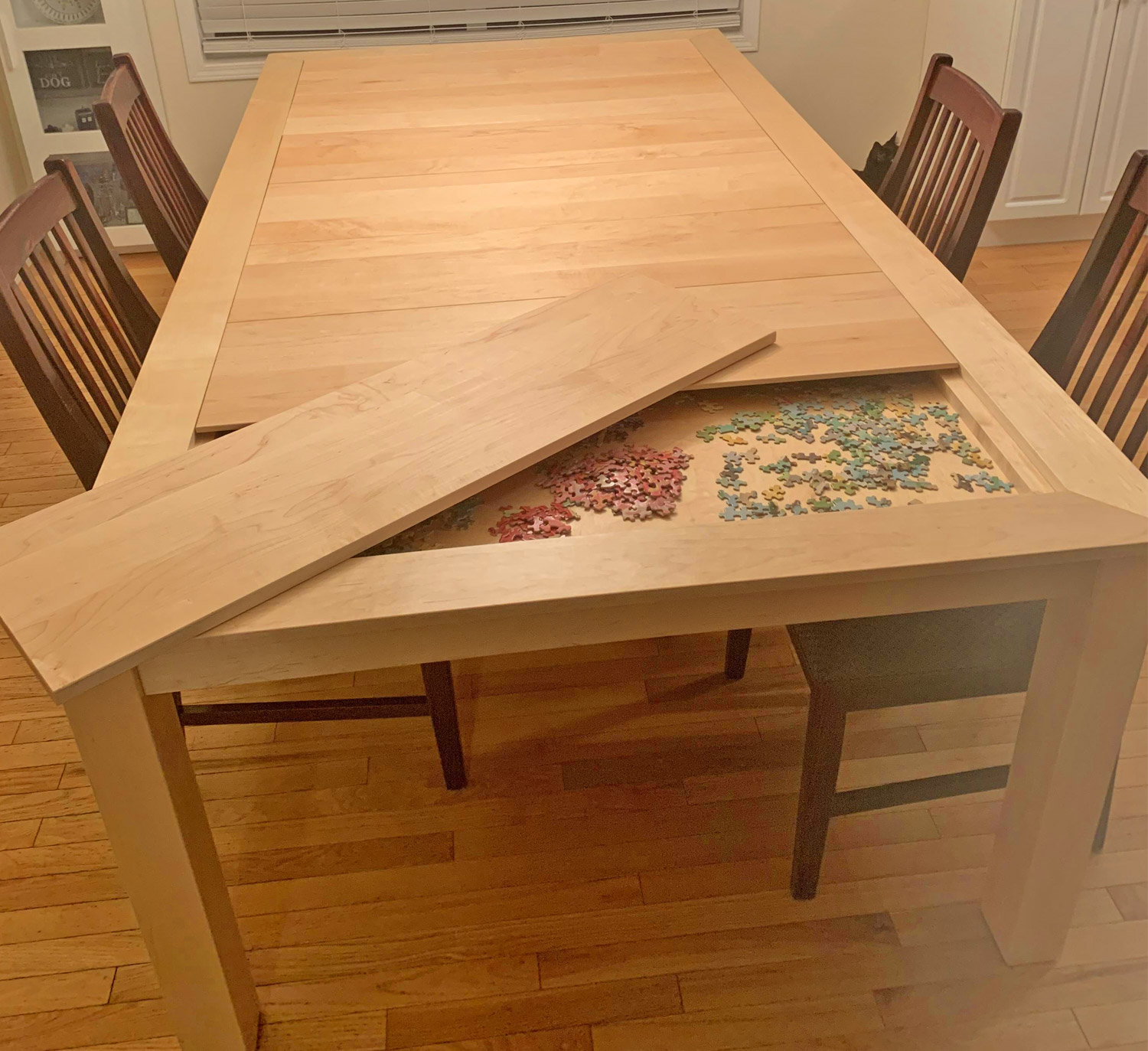So, you’re on the hunt for a distressed white dining table. That’s fantastic! These pieces aren’t just furniture; they’re storytellers, bringing a touch of history and a whole lot of warmth to your dining space. But with so many options out there, how do you pick the one that truly sings to your home’s soul? Let’s dive in and make this a delightful journey.
There’s something undeniably special about a distressed white dining table. It’s that perfect blend of classic elegance and lived-in comfort. Think cozy family dinners, lively conversations, and the gentle patina that speaks of cherished memories. Unlike a stark, brand-new piece, a distressed table already has character. It’s forgiving – a little extra nick or a softened edge only adds to its charm. It can make a formal dining room feel more welcoming, or a casual kitchen nook feel utterly intentional and chic. But finding ‘the one’ requires a little know-how. Let’s explore what makes a distressed white dining table so captivating and how to choose yours.
Understanding ‘Distressed’: What Does It Really Mean?
When we talk about ‘distressed’ finishes, we’re not talking about damage. Far from it! It’s a deliberate technique used to mimic the natural aging process. Craftsmen might use methods like sanding edges, applying a crackle glaze, or rubbing off paint to create an ‘aged’ look. You’ll see variations in the finish – maybe a subtle hint of wood peeking through, or a slightly uneven texture. This isn’t a flaw; it’s the design. The goal is to give the table a sense of history, as if it’s been passed down through generations. It’s about creating that farmhouse feel, that coastal vibe, or that shabby-chic aesthetic that’s so inviting. Understanding this helps you appreciate the craftsmanship and know what to look for.
Choosing the Right Shade of White
White isn’t just white, is it? For distressed tables, the shade matters a great deal. You’ve got everything from crisp, bright whites that offer a clean farmhouse look, to softer, creamy off-whites that lean towards a more vintage or romantic feel. Then there are whites with subtle undertones – maybe a hint of grey for a more modern take, or a touch of yellow for a warmer, antique appearance. Consider the other colors and finishes in your dining room. Do you have cool-toned walls? A warmer white might balance it out. Is your space naturally bright? A slightly softer white could prevent it from feeling too stark. Don’t be afraid to get samples or look at the table in different lighting conditions if possible. The right shade will make all the difference.
Material Matters: Wood Types and Durability
Most distressed white dining tables are made of wood, and the type of wood greatly impacts the table’s look, feel, and durability. Pine is a popular choice; it’s relatively soft and takes finishes well, often giving that classic distressed appearance. Oak is harder and more durable, offering a richer grain that can show through the distressed finish beautifully. Mango wood is another option, known for its unique grain patterns and sustainable sourcing. Think about how you’ll use the table. If it’s for daily family meals with potential spills and scuffs, a harder wood might be a better investment. Also, consider the weight of the table – a solid wood table will be heavier and more stable than a table made with veneers or composite materials, though those can be more budget-friendly. The base also plays a role; pedestal bases offer a classic look, while trestle or four-leg styles can vary in sturdiness and visual impact.
Size and Shape: Fitting Your Space and Lifestyle
This might seem obvious, but getting the size right is crucial. Measure your dining area carefully. You’ll want enough space to walk around the table comfortably – at least 3 feet on all sides is a good rule of thumb. Consider the shape, too. Rectangular tables are the most common and work well in most spaces. Oval tables can be great for flow and feel a bit softer. Round tables are fantastic for conversation and can make smaller spaces feel more open, but they can sometimes be less space-efficient than rectangular ones. Think about how many people you typically seat. Many distressed tables come in extendable versions, which offer great flexibility for hosting guests. A table that seats six comfortably but can extend to seat eight or ten is a real game-changer.
The Finish: Beyond Just White Paint
The ‘distressed’ element can come in many forms. Some tables have a smooth painted finish that’s been lightly sanded. Others might have a slightly chalky texture, which feels wonderfully tactile and authentic. You might find tables with a two-tone effect, where a darker wood base peeks through a white top, or vice versa. Some finishes are sealed with a durable topcoat to protect the distressed look and make it easier to clean, while others might have a more matte, natural feel. If you’re sensitive to chemical smells, ask about the type of paint and sealants used. A good quality distressed finish should feel intentional and well-executed, not just sloppily applied. It’s the details like the subtleness of the distressing and the quality of the finish that elevate a table from ordinary to extraordinary.
Styling Your Distressed White Dining Table
Once you’ve found your table, the fun really begins! A distressed white table is incredibly versatile. For a classic farmhouse look, pair it with simple wooden chairs, perhaps in a contrasting wood tone or even painted in a complementary color like a soft grey or sage green. Add a jute rug underneath and some galvanized metal accents for that authentic country feel. Want a more coastal vibe? Opt for lighter, airy chairs, maybe with woven seats, and accessorize with blues, whites, and natural textures like rattan. For a touch of shabby chic, mix and match vintage-inspired chairs, perhaps with upholstered seats, and layer in some delicate floral patterns. Don’t forget lighting! A beautiful pendant light or a chandelier can really anchor the space and highlight your stunning new table. It’s all about creating a cohesive look that reflects your personal style and makes your dining room a place you love to gather.
Selecting a distressed white dining table is a journey of discovery, not just a shopping trip. It’s about finding a piece that resonates with you, that fits your space, and that promises to be the heart of many happy gatherings. By considering the nuances of the distressed finish, the perfect shade of white, the quality of the material, the right size and shape, and how you’ll style it, you’re well on your way to bringing home a table that’s as unique and charming as your own home. Happy hunting. May your dining room be filled with laughter and good food around your beautiful new centerpiece.

